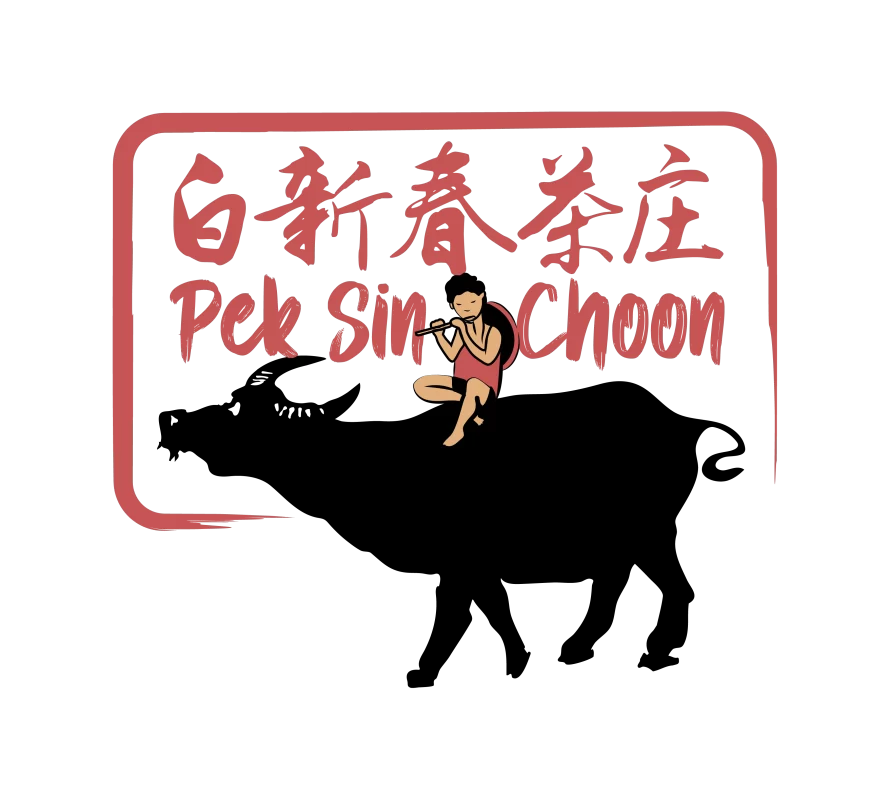WHAT IS NANYANG?
“Nanyang” (南洋) is a Chinese term which means Southern Ocean.
It refers to the geographical region comprising of Southeast Asia and the coastal provinces of South China.
Nanyang generally refers to the region stretching from Fujian Province in Mainland China to Singapore, Myanmar to Vietnam as well as Brunei, East Malaysia, Indonesia and the Philippines.
The term was coined amid the various waves of emigration from Mainland China, forming the Chinese diaspora. These waves of immigration occured amid internal strife after the fall of the Ming dynasty in 1644 and the Qing dynasty in 1911.
BEVERAGE OF CHOICE
Along with the movement in people came the trade in tea, and it quickly became an important beverage. Oolong tea from the Anxi, Yong Chun, Nan An and Tong An districts in South Fujian were introduced into Nanyang.
There are numerous tea cultivars as Tie Guanyin, Golden Cassia, Min Nan Shuixian, Yong Chun Buddha Palm and Se Zhong, among others.
TREACHEROUS JOURNEY
Before the advent of modern transportation, maritime travel was fraught with danger — not just for people, but for commodities like porcelain and Chinese tea. Tea travelled from the mountains down rivers and across the ocean.
Rough seas could damage these products and saturate the tea leaves, ruining them. In fact, many relics have been uncovered by underwater archaeologists from merchant shipwrecks throughout the South China Sea.
It took months to a year or more to ship tea to its destination, depending on weather conditions. Tea leaves would usually reach their destination a little damp due to tropical humidity, and were re-fired to preserve their freshness.
Changes in the seasons in Mainland China would also affect the supply of tea. This is why many merchants began to blend old and new tea before firing. This helped ensure a consistent taste profile.
MELTING POT
Nanyang was a confluence of immigrant communities who came in search of a better life and settled here, making a new home for themselves.
Tea also took on the unique character of the region it arrived in — a melting pot, a blend of people, cultures and flavours.
This is why Nanyang Tea has a distinctive, local fragrance.
After the South Fujian oolongs came those from North Fujian, which included teas from the Wuyi Mountain, Jian Ou, Jian Yang and Shui Ji regions.
The key cultivars included Shuixian, Cassia, Qi Zhong and the renown Scarlet Robe or Da Hong Pao. Teas from the Wuyi Mountain range have a distinct minerality, flowery fragrance and stone fruit aromas.
STRONGER TOGETHER
A kung fu grandmaster reportedly said: “The world is a big place, why limit it to North and South? It holds you back… Break from what you know and you will progress.”
Whereas South Fujian oolong had a high fragrance, North Fujian oolong was known for its rich taste and full-bodied mouthfeel. Pek Sin Choon therefore blended old and new teas from across regions – from Wuyi Mountain and Anxi County – before re-firing.
The result was transcendent.
The blended tea exhibited the vibrant astringency of fresh, new tea while retaining the smooth, luxuriant mouthfeel of old tea. The high fragrance of Southern oolong and distinct minerality of Northern oolong became one.
NANYANG TEA
The first blend was Wuyi Iron Arhat.
First introduced in the 1930s, blending was a labour intensive process which involved spreading and mixing the tea on a hand-woven bamboo tray.
This tea contained Wuyi Moutain Fir, blended and fired to give it a bold, strong taste. It had rich minerality and served as a tonic for manual labourers.
The illustration on the tea label depicts a muscular man juggling iron balls, paying tribute to the labourers who built our nation and encouraging others to remain healthy.
LOST FOR WORDS
In the 1950s, a new blend was developed. It became known as the Renowned Unknown Fragrance.
Pek Sin Choon founder Pek Kim Ou was lost for words when he tasted the tea, so he decided that he would let the tea’s fragrance and flavour speak for itself.
Ever since, the Renowned Unknown Fragrance or Bu Zhi Xiang has remained unsurpassed in its pairing with the traditional cuisine Bak Kut Teh (pork rib soup). The tea is distinguished by its rich amber liquor, luscious mouthfeel and powerful lingering aftertaste.
ROYAL-TEA
In 1976, a new Nanyang Tea was developed called Preeminent Fragrance or Xiang Ji Ji. The tea contained premium tea leaves which are blended and fired for maximum fragrance.
At the time, a Hong Kong TV series called “The Legend of the Book & Sword” was a hit across Asia. The blend paid tribute to Princess Xiang – one of the protagonists – as it sounded like high fragrance in the Hokkien dialect.
Preeminent Fragrance has a mild amber liquor and pleasant fragrance. It has a powerful lingering aroma and aftertaste.
THE NANYANG TEA CHALLENGE
To promote tea and keep our unique Nanyang Tea culture alive in the modern age, Pek Sin Choon launched the Nanyang Tea Challenge.
The annual event consists of a unique format which involves Chinese tea brewing, tasting, food pairing and tea art presentation elements.







